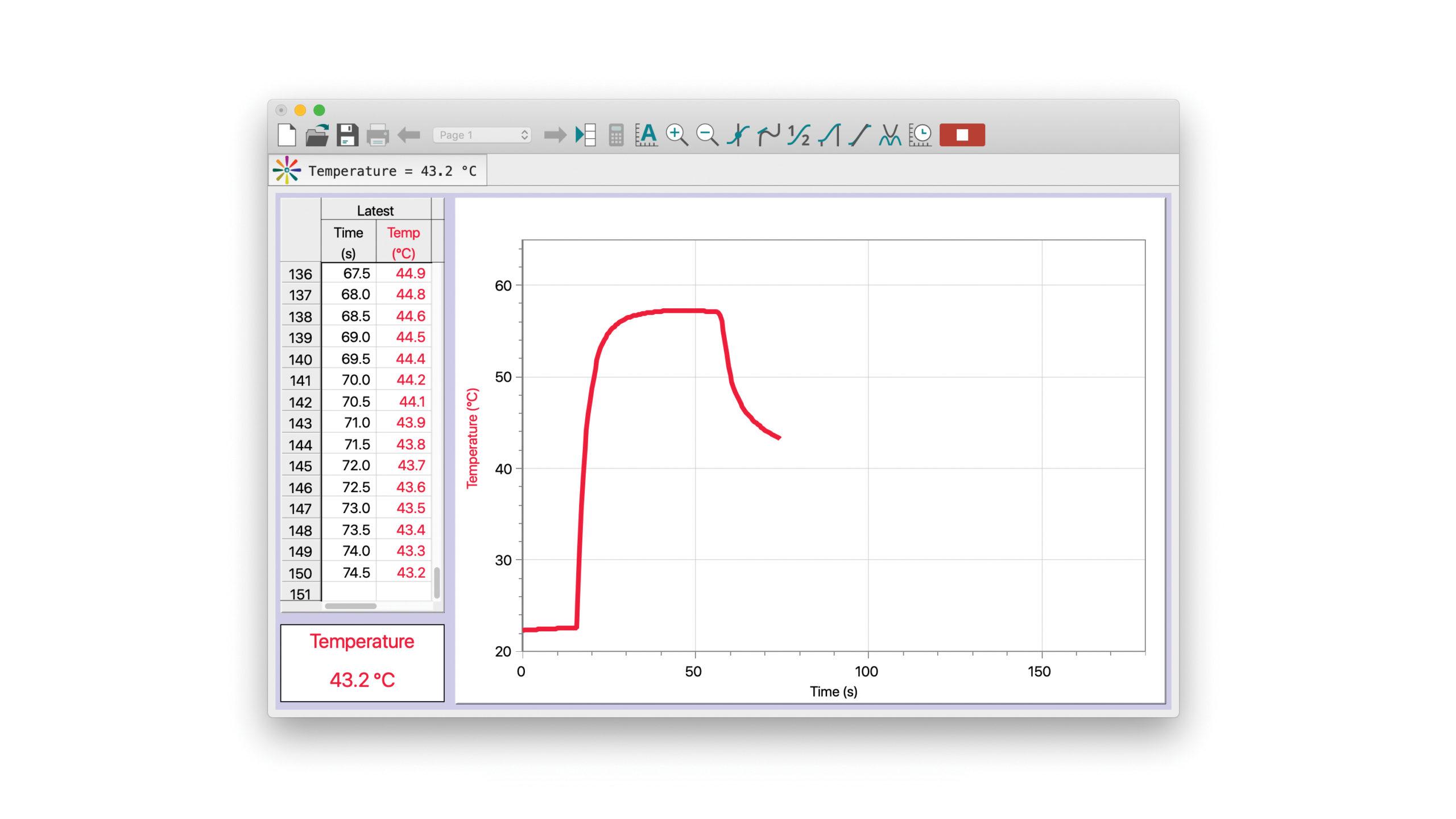Galileo’s Projectile I: Using 17th Century Techniques
Experiment #10 from Physics with Video Analysis
- Subject
- Physics
Introduction
In his Dialog Concerning Two New Sciences published in 1632, Galileo stated that:
“…Imagine any particle projected along a horizontal plane without friction; then we know…that this particle will move along this same plane with a motion which is uniform and perpetual….But if the plane is limited and elevated, then the moving particle…will on passing over the edge of the plane acquire, in addition to its previous uniform and perpetual motion, a downward propensity due to its own weight; so that the resulting motion which I call projection is compounded of one which is uniform and horizontal and of another which is vertical and naturally accelerated.”
Objectives
In this activity, you will
- Use methods similar to those available to Galileo.
- Verify Galileo’s hypothesis stated above that the horizontal and vertical motions of a projectile are independent.
Sensors and Equipment
This experiment features the following sensors and equipment. Additional equipment may be required.
Ready to Experiment?
Ask an Expert
Get answers to your questions about how to teach this experiment with our support team.
- Call toll-free: 888-837-6437
- Chat with Us
- Email support@vernier.com
Purchase the Lab Book
This experiment is #10 of Physics with Video Analysis. The experiment in the book includes student instructions as well as instructor information for set up, helpful hints, and sample graphs and data.


